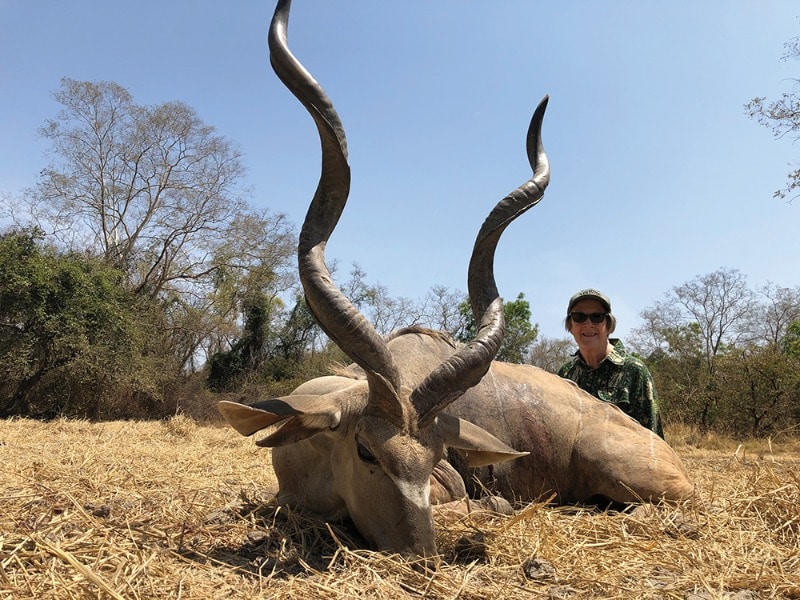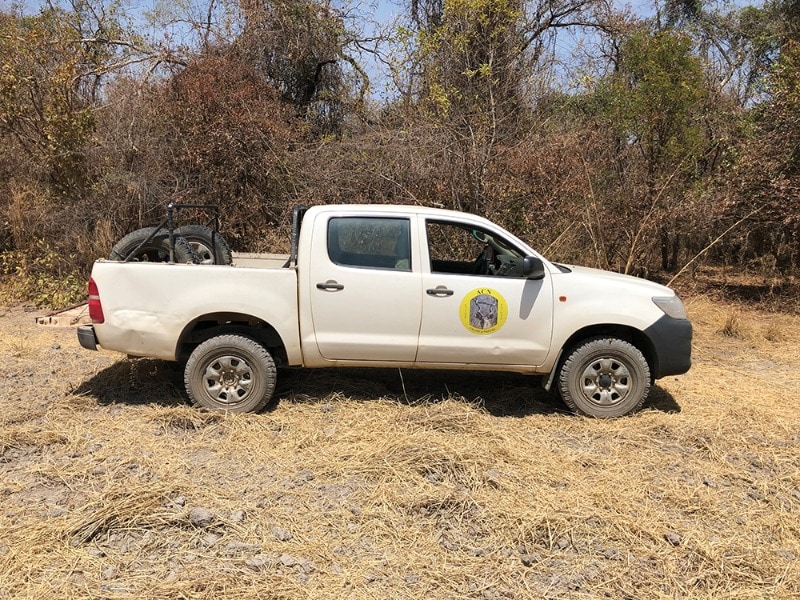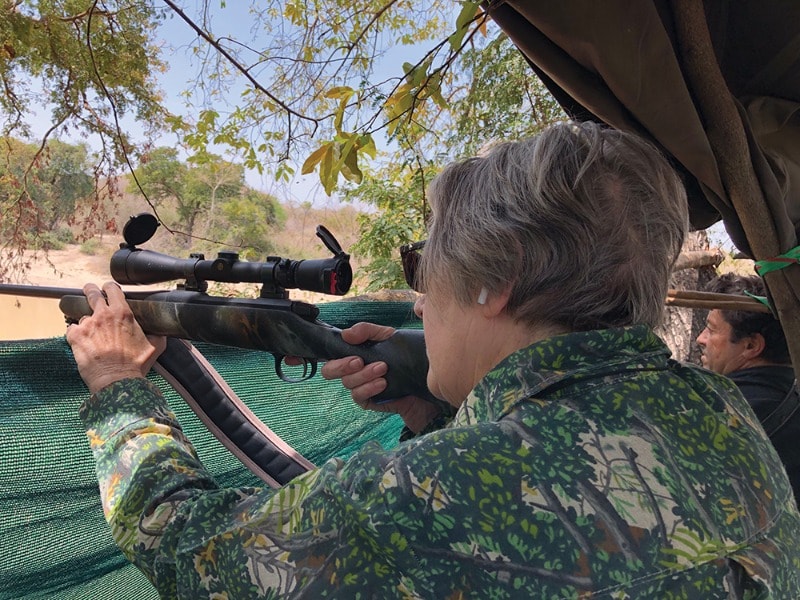Safari in Chad

Most people I know have never heard of the country of Chad, in Africa – much less thought of going there on Safari; it’s located in north-central Africa, completely landlocked. Chad is quite a large country, four times the size of California, with most of the northern two thirds in the Sahara Desert. However, the southern third is bush covered and has a few animals completely or nearly unique to this country, which is why we were there.
The French colonized much of north Africa in the 19th and early 20th centuries; Chad was given its independence in 1960. For the most part, French is thought to be the national language, or at least one of them. We don’t speak much French, but of course the PH did. In the old days, a great many of the typical African species were commonplace in Chad, including lion, leopard, rhino and elephant; and of course most of the hunters were European. Today, there are still a few of those animals in the national parks, but there are no longer enough to hunt; hunting in Chad ‘hangs on’ by its fingernails. There is only one safari operator in all of Chad and only one hunting camp –

the one we were in.
We left cool Missouri February temperatures in the 20-40 degree Fahrenheit range and tolerated daytime highs in the 90’s each day. It was lightweight long-sleeved shirts and lots of sunscreen. Usually we returned to camp at mid-day for lunch; otherwise, it was a light lunch in the field and back to camp in 12 hours or so.
Each morning we awoke at 4:30 or 5:00 and were on the road an hour later. We drove the graded dirt roads of the concession, with six or seven sets of eyes – looking for game. Often we sat at a water hole for a few hours, on the ground or from a tree stand (machan) – waiting for something to come in. We saw baboons, monkeys, birds, domestic cows, warthogs and guinea fowl; and yes, game – kudu, hartebeest and gazelle.
Brenda was the only hunter; I was simply a guest. In seven days of hunting, she shot four animals, one by a waterhole and the others in the bush, spotted by the trackers as we drove through the bush – then stalked or tracked from one bush to the next, often returning empty handed. It was a very interesting safari!

